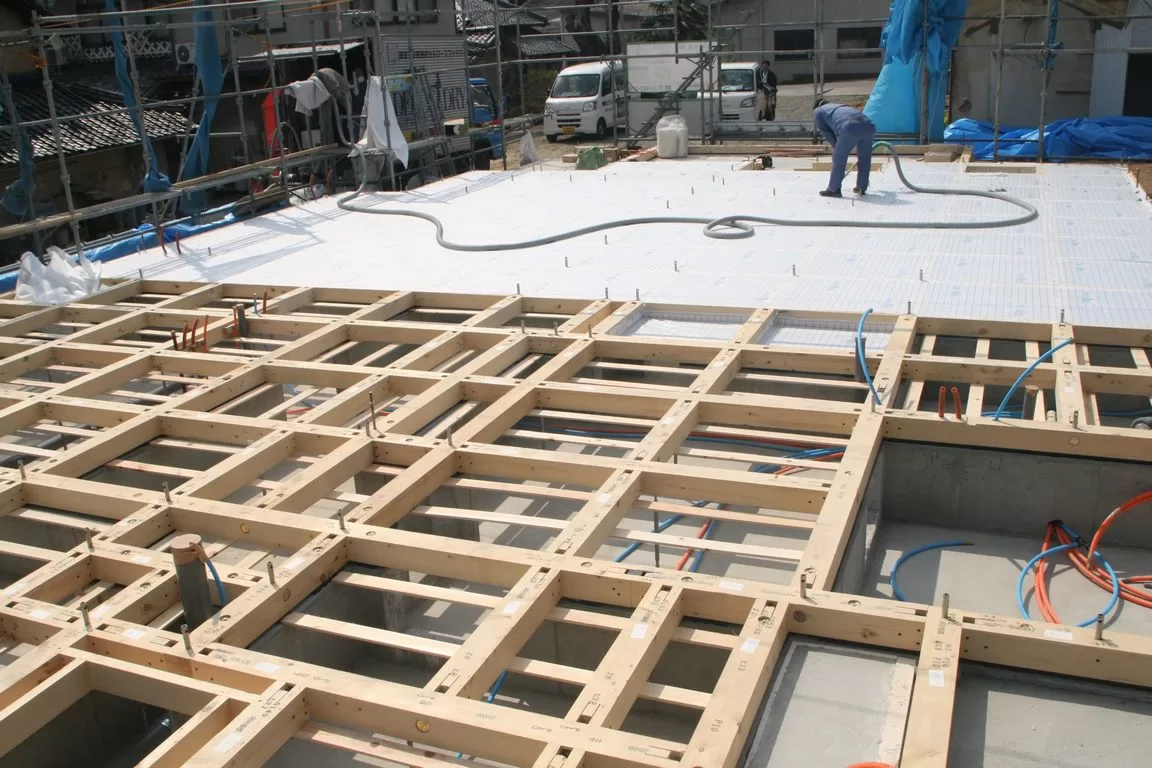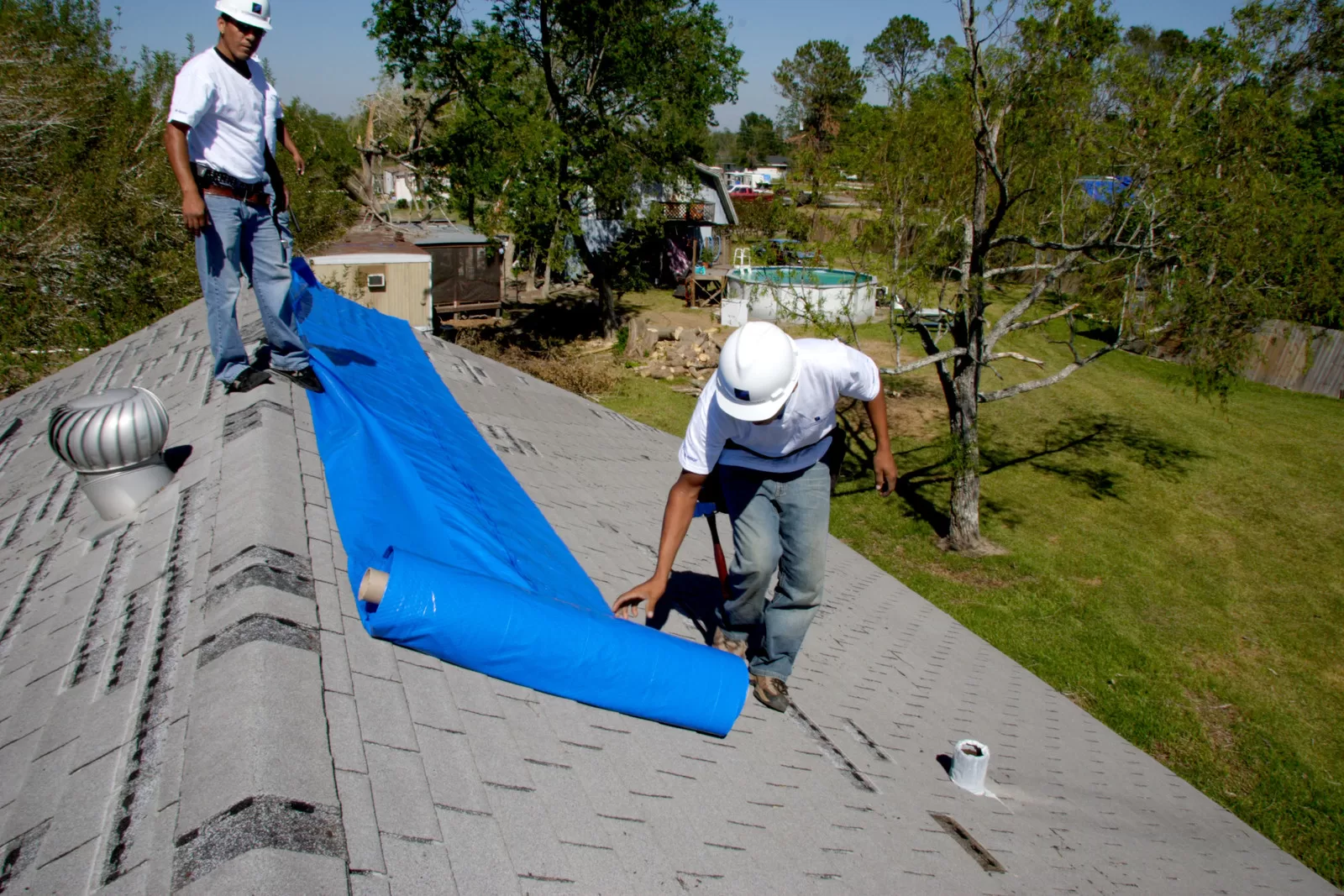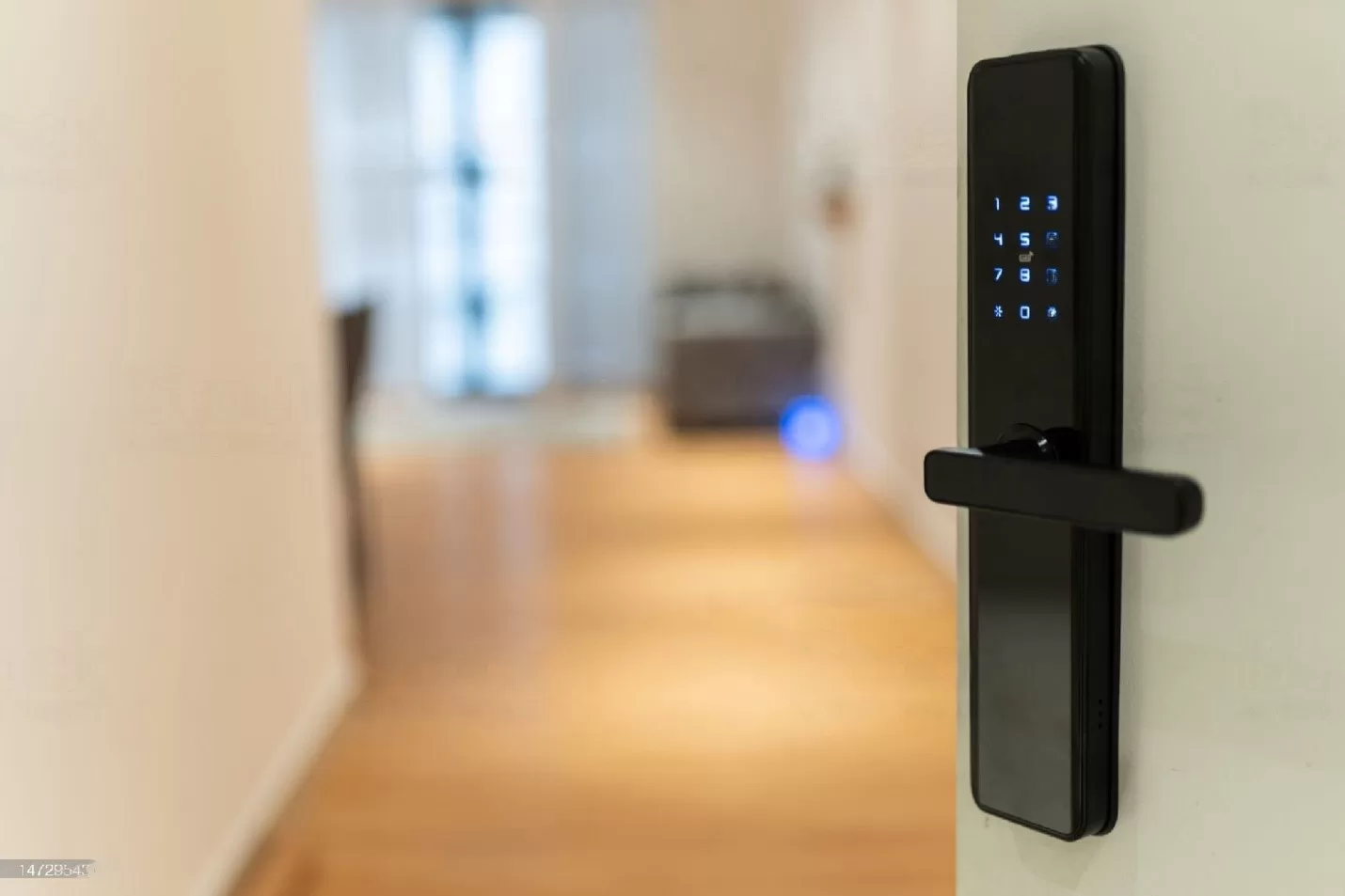Suspended timber floors are a common feature in older homes and can be notoriously difficult to insulate. However, with a best-practice approach, you can achieve the best results when insulating your suspended timber floors.

In this article, we will outline some of the key steps involved in insulating suspended timber floors to help you achieve a warmer and more comfortable home. You might check this Insulated Screed company for more info about insulated floorings.
Step 1: Identify the Type of Floor
The first step in insulating your suspended timber floor is to identify the type of floor you have. There are two main types of suspended timber floors: traditional suspended timber floors and modern suspended timber floors.
Traditional suspended timber floors consist of timber joists supported by walls or piers, with floorboards laid across the joists. Modern suspended timber floors, on the other hand, typically use timber I-joists that are lighter and stronger than traditional timber joists.
Identifying the type of floor, you have is important because it affects the type of insulation you can use and the installation process.
Step 2: Choose the Right Insulation
The next step is to choose the right insulation. There are several different types of insulation that can be used for suspended timber floors, including:
Mineral wool insulation: This is a popular choice because it is lightweight and easy to install. It is also very effective at reducing heat loss.
Rigid foam insulation: This is a more expensive option, but it is also very effective at reducing heat loss. It is lightweight and easy to install.
Cellulose insulation: This is a relatively new type of insulation made from recycled newspaper. It is very effective at reducing heat loss and is environmentally friendly.
The type of insulation you choose will depend on your budget, the type of floor you have, and your personal preferences.
Read Also:
Step 3: Prepare the Floor
Before you can install the insulation, you need to prepare the floor. This involves removing any old insulation or debris from the floor cavity. You also need to check the condition of the joists and repair any damage.
Once the floor is clean and in good condition, you can start to install the insulation.
Step 4: Install the Insulation
The installation process will depend on the type of insulation you have chosen. If you are using mineral wool insulation, you need to cut the insulation to the correct size and place it between the joists. You should then use netting or wire to hold the insulation in place.
If you are using rigid foam insulation, you need to cut the insulation to size and glue it in place between the joists. You should then cover the insulation with a vapor barrier to prevent moisture from entering.
If you are using cellulose insulation, you need to hire a professional to install it for you.
Step 5: Finish the Floor
Once the insulation is in place, you can finish the floor by laying a new floor covering over the top of the insulation. This could be carpet, laminate, or hardwood flooring, depending on your preferences.
It is essential to ensure that the new floor covering is installed correctly so that it does not affect the performance of the insulation.
Additional Tips
Here are a few additional tips to help you achieve the best results when insulating your suspended timber floors:
When choosing insulation, consider its fire rating. Some insulation materials may be more flammable than others, so it’s important to choose one with a high fire rating for safety.
Consider the ventilation of the floor cavity. Good ventilation can help prevent moisture buildup and reduce the risk of dampness and mold growth.
If you have pipes or ducts running through the floor cavity, you may need to insulate them as well to prevent heat loss and condensation.
If your home is located in a noisy area, you may want to consider adding acoustic insulation to the floor cavity to reduce sound transmission.
If you’re not sure about the best approach to insulating your suspended timber floor, consider consulting with a professional insulation installer or a building engineer. They can help you determine the best insulation material and installation method for your specific situation.
By following these additional tips and a best-practice approach to insulating your suspended timber floors, you can create a warmer, more comfortable, and energy-efficient home while also reducing your energy bills and environmental impact
Use a thermal imaging camera to check for gaps or voids in the insulation.
Install airtight seals around any gaps or holes in the floor to prevent drafts.
Consider installing underfloor heating to provide additional warmth and comfort.
Insulating suspended timber floors can significantly improve the comfort and energy efficiency of your home. A best-practice approach involves identifying the type of floor you have, choosing the right insulation, preparing the floor, installing the insulation correctly, and finishing the floor with a new floor covering.
While insulating suspended timber floors can be a complex process, the benefits are numerous. Insulation can help reduce heat loss, improve energy efficiency, and make your home more comfortable. It can also help reduce your energy bills and carbon footprint.
It’s important to remember that insulation is just one part of creating an energy-efficient home. Other measures you can take include upgrading your windows and doors, using energy-efficient lighting, and reducing your energy consumption by being mindful of your habits.
Finally, when it comes to insulating suspended timber floors, it’s essential to work with a qualified professional who can guide you through the process and ensure that you achieve the best possible results. With the right approach and the right team, you can enjoy a warmer, more comfortable, and more energy-efficient home for years to come.
In conclusion
Insulating suspended timber floors is a smart investment for homeowners who want to improve the energy efficiency and comfort of their homes. By identifying the type of floor, you have, choosing the right insulation, preparing the floor, installing the insulation correctly, and finishing the floor with a new floor covering, you can achieve the best possible results.
Remember to work with a qualified professional to ensure that the job is done right and enjoy the benefits of a warmer and more comfortable home for years to come.









